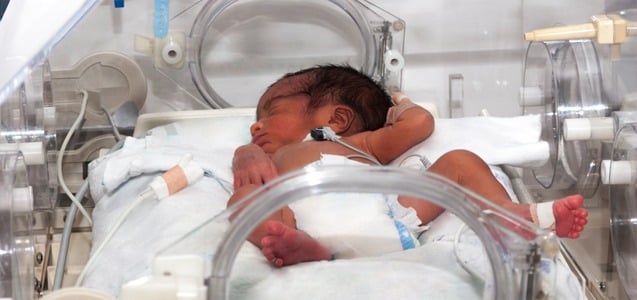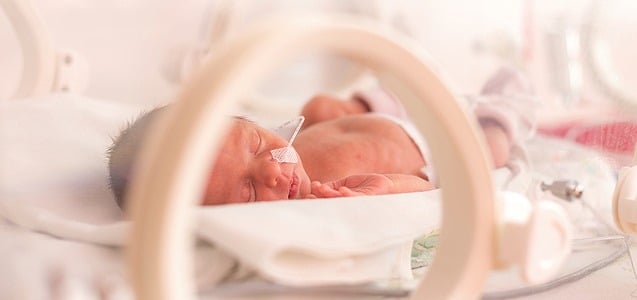Spastic cerebral palsy is a permanent loss of muscle control caused by an injury to the brain resulting from a variety of causes, one of which is a lack of oxygen to the baby during labor and delivery.
Spastic CP is characterized by involuntary movement of the arms and legs, uncontrolled muscle spasms and can also affect the muscles controlling speech and swallowing. Spastic CP can affect all four limbs, neck and torso (tetraplegia), both arms and both legs (quadriplegia), or only one arm or leg (monoplegia) but most commonly affects the arm and leg on one side of the body, only (hemiplegia). Less commonly, spastic quadriplegia can affect three limbs (triplegia).
Poor coordination and balance, a complete inability to relax tightened muscles, difficulty walking, talking and eating are all common complications of spastic CP. For those who suffer from this neurological disorder, affected joints become very stiff and hard to move. Over time, the affected arms or legs may become extremely painful and interfere with the ability to function independently or even to sit in a comfortable position
Birth injuries, such as spastic cerebral palsy, can be the direct result of medical negligence. It is important for medical providers to consistently monitor the baby’s heart rate and the mother’s contraction rate to identify if the baby is experiencing a lack of oxygen during the entire course of labor and delivery. If a complication, such as a very low (bradycardia) or very high (tachycardia) fetal heart rate is identified in a timely manner, medical providers can respond immediately to fetal distress. A baby’s lack of oxygen during labor and delivery is an obstetrical emergency and can result in permanent brain injury such as spastic CP.
There are a number of treatments available for the management of spastic CP. However, the cost of care for a child with cerebral palsy, or any brain damage, is very high. If your child’s brain injury was caused by a medical mistake, the experienced Birth Injury lawyers at The Yost Legal Group are here to help.
Call The Yost Legal Group today at 1-800-YOST-LAW (967-8529) for a FREE, confidential, no-obligation consultation. When you call, you will speak with a Baltimore Birth Injury attorney with real experience absolutely free. At The Yost Legal Group, there is no fee or expense unless you recover.

